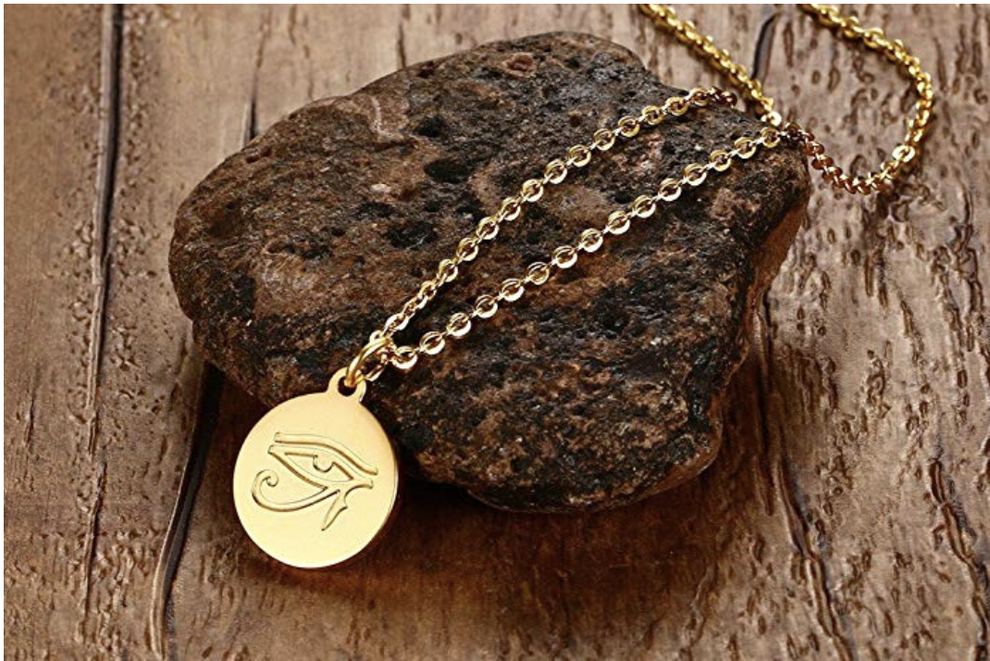What Makes Jewellery Worth More Than Its Price Tag is a question that dives deeper into the world of adornments, exploring the intricate layers that elevate a piece beyond mere monetary value. While the price tag may reflect the cost of materials, the true worth of jewellery often lies in its emotional significance, craftsmanship, and the stories it carries. In this discussion, we’ll unravel the elements that contribute to the perceived value of jewellery, illuminating the reasons why certain pieces hold a place of honor in our hearts and collections.
In today’s fast-paced world, communication and information exchange have become crucial components of our daily lives. This article delves into the multifaceted nature of communication, exploring various forms, the importance of effective communication skills, and the role of technology in shaping our interactions.
### The Essence of Communication
Communication is fundamentally the process of exchanging information, ideas, thoughts, or feelings between individuals or groups. It can occur through various channels, including verbal and non-verbal methods. Verbal communication encompasses spoken and written words, while non-verbal communication includes body language, facial expressions, gestures, and even silence. Each of these forms plays a significant role in how messages are conveyed and understood.
### Forms of Communication
1. Verbal Communication: This is perhaps the most direct form of communication. It includes face-to-face conversations, telephone calls, video chats, and written communication like emails, letters, and reports. Clear articulation and choice of words are crucial to ensure the message is understood as intended.
2. Non-Verbal Communication: Often, what is not said can be just as powerful as the spoken word. Non-verbal cues can convey emotions and attitudes that words might not fully capture. For example, maintaining eye contact can signal confidence and engagement, while crossed arms might indicate defensiveness or discomfort.
3. Visual Communication: This includes any communication that uses visual aids to convey messages. Charts, graphs, infographics, and videos all serve as powerful tools to enhance understanding and retention of information. In an increasingly visual world, the ability to present ideas visually is becoming more crucial.
4. Digital Communication: With the rise of technology, digital communication has transformed how we interact. Social media platforms, instant messaging, and emails have made it easier to connect with others, regardless of geographical barriers. However, the lack of physical presence can sometimes lead to misunderstandings, as tone and context can be lost in written formats.
### Importance of Effective Communication Skills
Effective communication is vital in both personal and professional settings. Here are some key reasons why honing these skills is essential:
1. Building Relationships: Strong communication fosters trust and understanding, which are foundational to any relationship. Whether in friendships, family dynamics, or workplace interactions, the ability to express oneself clearly and listen actively is crucial for nurturing connections.
2. Facilitating Collaboration: In a professional environment, teamwork is often essential for success. Effective communication skills help team members share ideas, provide feedback, and resolve conflicts. This collaborative spirit can lead to innovative solutions and improved productivity.
3. Enhancing Personal Growth: Good communicators are often more self-aware and emotionally intelligent. By understanding how to express their thoughts and feelings, individuals can navigate their emotions better and develop deeper connections with others.
4. Professional Advancement: In many careers, the ability to communicate effectively can significantly impact one’s career trajectory. Strong communicators often excel in interviews, presentations, and networking events, which can lead to more opportunities and promotions.
### The Role of Technology in Communication
Technology has been a game-changer in how we communicate. It has provided us with tools to connect instantly with others, regardless of distance. However, it also presents challenges that we need to navigate carefully.
1. Instantaneous Communication: With the advent of smartphones and messaging apps, we can communicate with anyone at any time. This immediacy can be beneficial, allowing us to share important information quickly. However, it can also lead to misunderstandings, as the nuances of face-to-face communication may be lost.
2. Social Media Influence: Social media platforms have transformed the way we interact. They enable us to connect with a broader audience, share our thoughts, and engage in discussions. However, the curated nature of social media can sometimes distort reality, leading to miscommunication and unrealistic expectations.
3. Remote Work Dynamics: The rise of remote work has highlighted the importance of clear communication in virtual settings. Teams now rely heavily on video conferencing and collaborative tools to maintain productivity. This shift has necessitated new strategies for effective communication, such as using clear agendas in meetings and following up with written summaries.
### Tips for Improving Communication Skills
Improving communication skills is an ongoing process that requires practice and self-reflection. Here are some practical tips to enhance your abilities:
1. Active Listening: One of the most critical aspects of communication is listening. Practice active listening by giving your full attention to the speaker, nodding, and providing feedback. This demonstrates that you value their input and helps you understand their perspective better.
2. Empathy: Try to put yourself in the other person’s shoes. Understanding their feelings and viewpoints can help you respond more thoughtfully and create a more meaningful connection.
3. Practice Clarity: When speaking or writing, aim for clarity. Use simple language, avoid jargon, and be concise. The easier your message is to understand, the more effective it will be.
4. Be Aware of Non-Verbal Cues: Pay attention to your body language and facial expressions. Ensure they align with your verbal message to avoid confusion.
5. Seek Feedback: Don’t hesitate to ask for feedback on your communication style. This can provide valuable insights into areas where you can improve.
6. Adapt Your Style: Different situations may call for different communication styles. Be flexible and adapt your approach based on the context and the audience.
### Conclusion
In conclusion, communication is a vital skill that influences all aspects of our lives. As we continue to navigate a rapidly changing world, the ability to communicate effectively will remain essential. Embracing both traditional and modern forms of communication, developing our skills, and being mindful of our interactions can lead to more meaningful connections and successful collaborations. By investing in our communication abilities, we not only enhance our personal and professional lives but also contribute to a more understanding and connected society.
In conclusion, the discussion surrounding What Makes Jewellery Worth More Than Its Price Tag reveals that value is not solely determined by cost but is intricately tied to sentiment, artistry, and cultural heritage. As we appreciate the unique stories behind each piece, we begin to understand why some jewellery transcends its monetary worth, becoming cherished heirlooms and symbols of love. Embracing this perspective enhances our appreciation for the craftsmanship and the emotions that jewellery embodies.
Expert Answers: What Makes Jewellery Worth More Than Its Price Tag
What factors influence the value of jewellery?
The value of jewellery can be influenced by factors such as the quality of materials, craftsmanship, brand reputation, historical significance, and emotional connections.
How does craftsmanship affect jewellery value?

High-quality craftsmanship enhances a piece’s aesthetic appeal and durability, often leading to a higher perceived value among collectors and enthusiasts.
Can jewellery hold value over time?
Yes, certain pieces of jewellery, especially those made from precious materials or with unique designs, can appreciate in value over time.
Why do some people choose to invest in jewellery?
Many people invest in jewellery as a way to diversify their assets, as well as to pass down family heirlooms that have both financial and sentimental significance.
How do cultural factors impact jewellery’s worth?
Cultural significance can greatly impact jewellery’s worth, as certain designs, symbols, or materials may hold deeper meaning within specific cultures, elevating their value beyond mere aesthetics.



